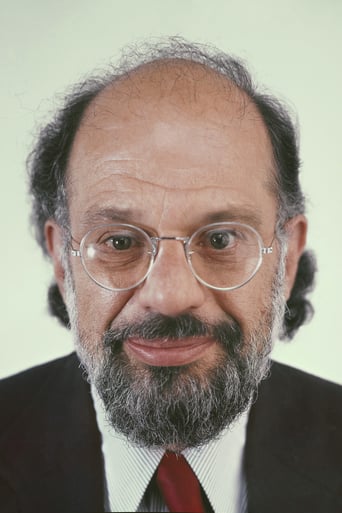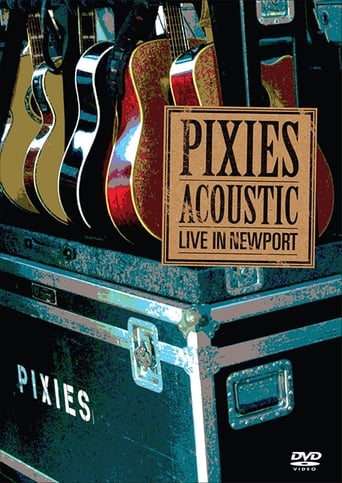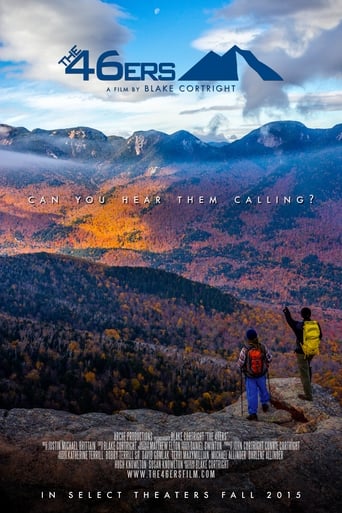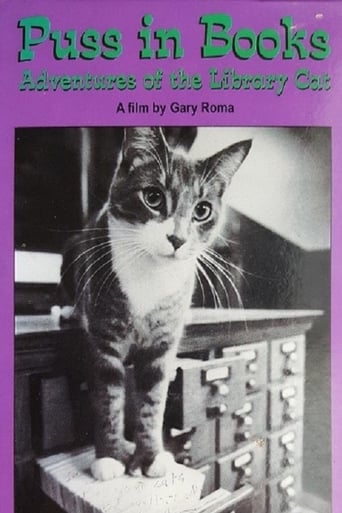
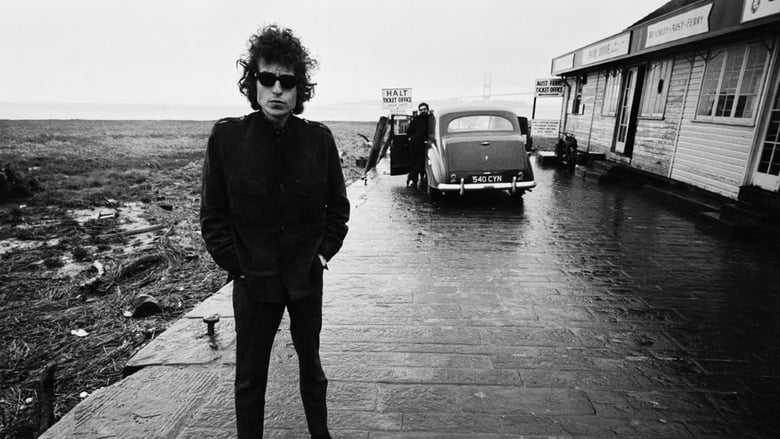
No Direction Home: Bob Dylan (2005)
A chronicle of Bob Dylan's strange evolution between 1961 and 1966 from folk singer to protest singer to "voice of a generation" to rock star.
Watch Trailer
Cast
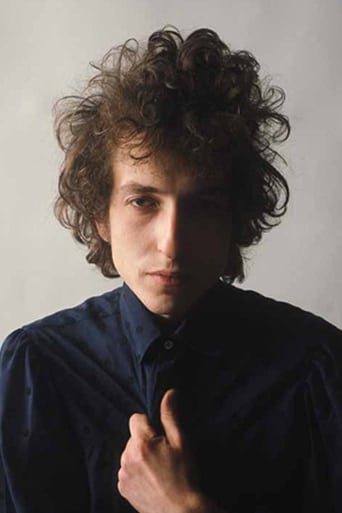

Similar titles
Reviews
best movie i've ever seen.
If you like to be scared, if you like to laugh, and if you like to learn a thing or two at the movies, this absolutely cannot be missed.
The thing I enjoyed most about the film is the fact that it doesn't shy away from being a super-sized-cliche;
Through painfully honest and emotional moments, the movie becomes irresistibly relatable
No Direction Home is a massive, two part, three and a half hour long documentary detailing Bob Dylan's early career in folk music and his transition into rock music between 1964 and 1966. The film is directed by Martin Scorsese, who has a large amount of experience directing documentaries about significant figures in popular music. Before No Direction Home, Scorsese directed The Last Waltz, a documentary about The Band's final concert together. Scorsese also directed a documentary about the Rolling Stones and the Beatle's George Harrison, Shine a light and George Harrison: Living in a Material World respectively. The documentary is composed of old footage of Bob Dylan in the early to mid 60s, most of which was filmed by documentary filmmaker D. A. Pennebaker, who directed a film about Bob Dylan called Don't Look Back, released in 1967, and had never been seen by the general public until No Direction Home's release in 2005. To go along with the rare footage from the 60s are interviews with Dylan, who has a reputation for being very private about his personal life. The film also includes interviews with performers who Dylan became close with upon his arrival to Greenwich Village in New York City, the heart of the folk revival in the 1960s.Part one of the documentary begins by giving a background into Dylan's life, beginning with his early years in Minnesota, then moving onto his arrival in New York,where his career as a folk singer began to take off. His significance as a folk songwriter is portrayed through accounts from other folk performers who were popular during the time like Dave Van Ronk, who claimed Dylan had been able to tap into the collective unconscious of America with his songs. It also includes interviews with other popular figures of the time, like Joan Baez, who was very close to Dylan. The second part of the documentary gives insight into the backlash Dylan received when he began to focus his songwriting on rock music rather than folk music. Many of Dylan's old fans believed he was a traitor and that he was selling out to popular taste to gain notoriety. Their resentment for Dylan's new style is depicted in old video recordings of some of Dylan's performances in 1965 and 1966, which shows people in the crowd booing. The documentary climaxes with the Newport Folk Festival in 1965, were Dylan performed for one of the first times with a band of musicians backing him. A few minutes into his performance, a large section of the crowd began to boo because they thought the music was too loud. The documentary ends showing one of Dylan's performances in England, where his transition to rock music was even more poorly received. One clip shows a member of the audience calling Dylan "Judas" during his concert at Free Trade Hall in Manchester. Old recordings of press conferences with Dylan show him burnt out and unhappy with the reactions to his new music and tour in England, with a clip of disgruntledly saying "I just want to go home".Overall, I think No Direction Home is a great documentary about one of the most important popular musicians. The target audience for this film are people who are interested in Bob Dylan's life, or anyone interested in the history of popular music in the early 1960s. I would recommend it to anyone though, as I think the film is so good even people who have never listened to Bob Dylan will find it interesting.
In the 1920s, right through to the 1950s, the FBI began suppressing both the history of politically engaged early 20th century writing, and radical artists themselves. Only art which managed to evade repression tended to squeeze through. Historian Claire Cullen says that this resulted in a "version of modernism that was apolitical and stylistically abstruse". During this period, countless famous artists (Hemingway, Brecht, Richard Wright, Joyce, Jean Renoir, John Galbraith, Norman Mailer, Ginsberg, Faulkner, Steinbeck, Sandburg, Dreiser, Pearl Buck, Dorothy Parker, Thomas Wolfe, Georgia O'Keeffe, Tennessee Williams etc) were also monitored, as well as radical singers like Pete Seeger and Woody Guthrie.In the 1960s, the FBI's Counterintelligence Program began focusing on musicians and artists whom they dubbed, quote, "domestic enemies", "advocates of new lifestyles" and "apostles of non-violence and racial harmony". These supposedly dangerous artists (the Rolling Stones, Hendrix, Elvis, Charlie Chaplin, John Lennon, Bob Marley etc) were, in the eyes of the state, "subversive", "anti-American", "members of the New Left", "pacifists", "communists", "dangerous intellectuals" and "progenitors of cultural revolution". Other declassified papers would refer to them as "highly political and unfavourable to the administration". Between 1968 and 77, most had died.One who survived, and one of the last active connections to that era, is singer/song-writer Bob Dylan, the subject of "No Direction Home", a documentary by Martin Scorsese. Scorsese's film is divided into two parts. In the first, we move from the mid 1950s to 1963. Here we watch as Dylan grows up in a Minnesotan mining town and begins to get hooked on music. Dylan's many influences (Pete Seeger, Woody Guthrie, Tommy Makem, Huddie Ledbetter, Chuck Berry, Little Richard etc) are touched upon, but only superficially. This is understandable. Part high modernist and part postmodernist, Dylan's influences are almost too boundless to map, his songs (he's written over five hundred) drawing extensively from poetry, literature, religion, cinema, history, early blues, rock, folk, country, gospel and jazz.The film's second half focuses on a roughly six year period, starting in 1960. Here we watch as Dylan becomes a popular political/folk singer and becomes swept up in various civil rights movements. During this period, some of Dylan's best political material was written, most notably "Masters of War", "When The Ships Come In", "Blowing in the Wind", "Chimes of Freedom", "The Times They are Changing", "Hard Rain's Gonna Fall", "With God on Your Side", "Maggie's Farm" and "Talking WW3 Blues". Meanwhile, songs like "Oxford Town", "Only a Pawn in Their Game", "Death of Emmett Till" and "The Lonesome Death of Hattie Carroll" focused on the plights of African Americans, whilst others ("Motorpsycho Nightmare", "John Birch Paranoid Blues") poked fun at anti-communist hysteria. Funny, apocalyptic, ambitious and angry, all these songs were perceived as new sounds. Dylan himself, though, began to distance himself from politics. Though he went to the southern states with Pete Seeger in support of black voter rights, and sang next to Martin Luther King during the March on Washington, he only rarely got involved in public political action.Scorsese, though, doesn't care about politics at all. He ignores Dyan's political roots, ignores Dylan's life in the bohemian Greenwich Village and ignores Dylan's relationship with 19 year old Suze Rotolo, a communist and daughter to prominent communist/activist parents. During this period, Dylan filtered many of his songs through Suze. Scorsese's film then watches as Dylan rejects his fan-base and moves from political-folk to electric, rock and country ballads. Why Dylan rejects them is made clear: they're looking for a leader, a voice, a messiah, an Answer. But Dylan refuses to comply. His 1964 masterpiece, "My Back Pages", would mark the point at which he openly breaks ties with civil rights movements. Scorsese, though, offers Dylan's May 1965 Newport Folk Festival appearance, where he "went electric", as the precise moment in which Dylan turned Judas. Betrayer. Regardless, to folk fans and even artists like Seeger, Dylan's switch to electric was an admittance that he now refused to pen protest songs. To them, Dylan was now a reactionary. A sell out (though he'd occasionally still release protest songs, from the 1970s onwards Dylan primarily offered a mix of esoteric folk, country and blues). Ironically, even Guthrie was accused of similar things, co-opted by the Roosevelt government to promote the New Deal, and paid by the state to sing in towns and villages which were about to be destroyed to make way for hydro-electric schemes.Elsewhere Scorsese attempts to chronicle Dylan's impact on 20th century American popular music - Dylan politicised pop and brought both folk and complex/ambiguous lyrics and song structures into the mainstream - but the results are again superficial. Scorsese's suggestion that Dylan needed to move away from topical songwriting to be able to reach the heights of "Bringing It All Back Home" and "Highway 61 Revisted" is likewise dubious, and the director seems uninterested in examining the relationship of art and artists to questions of social liberation."No Direction Home" is at its best when it offers us glimpses of concert footage. Later Scorsese clumsily attempts to convey a simple theme. In Scorsese's hands, Dylan is just a guy who "refuses to be pinned down". Like the chorus of his 1965 classic, "Like a Rolling Stone", Scorsese's Dylan is a constantly shifting stone without direction (also the thesis of Todd Haynes' "Im Not There"). None of these statements are true. Dylan may be nasally, his words may be vague, he may have constantly changing, weird inflections, and no two live performances of his songs are ever the same, but the idea that he has been a cryptic chameleon has never been true. If anything, Dylan's a one man archive of a very specific type of American mythology. He represents a kind of shared nostalgia, an interactive museum whose malleable lyrics allow listeners to tap into a vanishing America.7.5/10 – See "Don't Look Back" (1967) and "Bound for Glory" (1976).
Bob Dylan is one of the most enigmatic figures in the history of music and this is a great paradox, as he is also one of the most filmed if not the most filmed performer of the recent decades. Martin Scorsese's three hours plus documentary could not have been possible without extensive filming of events like the Newport festival of jazz in 1963 or the earlier documentary film of D.A. Pennebaker on his 1966 tour in Great Britain. We can see in this film several versions of some of his famous songs like 'Hard Rain' or 'Blowing in the Wind'. And yet, despite all this filmed material Dylan intentionally or not keeps an aura of secrecy around his person. Even the interviews seem more destined to build his image than to explain.Explaining a great artist like Dylan is futile, and Scorsese knows it. He does however help is immensely to understand, feel and love the artist, by bringing alive a lot of sounds and images of the music played in the formative years of Dylan. He takes us by hand and immerses us in the American music and arts scene of the beginning of the 60s. His interviews with people who lived the birth and development of this great talent, and the later interviews with Dylan himself fill in the shining and deep puzzle of this complex individual and creator. His evolution from simple and sensible folks to complex rock and his refusal to enroll in politics by selecting the option to speak his mind only through the language of art become life on screen. The pieces of music we hear are better in the timed recordings than in studio versions. The way the film is made it feels never too long, it never bores, on the contrary it takes us in the universe of one of the greatest artists of our time - and we should be thankful to one of the greatest film-makers of our time for having made this film.
As odd as this may sound, I first saw this movie in a class I'm taking in college called Bob Dylan: The Man and His Music. It was the first time the class was ever offered--at least where I go to school. I had been unfamiliar with Dylan up until this point, other than hearing his name now and then. Now that I'm taking the class, I have so much more knowledge, appreciation, and respect for who he is and what he does. "No Direction Home" is a major contributor to this class, and while we only watched clips every now and then, we saw a good portion of the entire film. It's possibly one of the (if not THE) greatest documentaries of all time. Scorsese does an incredible job at getting into Dylan's head to show us exactly what he has experienced throughout his extensive career. The interviews with his colleagues along with the combination of concert footage, and a present-day interview with Bob himself makes this an amazing film. We see his evolution from folk to rock and roll, and all the trials and tribulations along the way. ****SPOILERS FOLLOW*** As with any movie, I had my favorite parts. His 1965 interviews were absolutely hilarious. He has such a wit about him that makes you kind of think, 'wow, what a bastard', but then you say, 'wow, what a genius' at the same time. It's kind of hard to explain if you haven't seen it. Also, I believe it's the last performance on the film, where he plays "Like A Rolling Stone" and fans are booing him--one goes so far as to yell out "Judas!" His reaction is incredible. "I don't believe you." "You're liars!" And then he turns to his band and says the greatest thing he could have possibly said at that moment: "Play it f---ing loud!" Genius. Pure genius.
